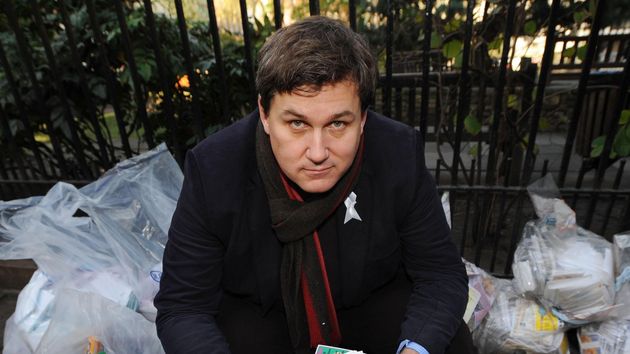The deadlock over Brexit is reaching crisis point and with little more than 50 days to go until we (probably) leave the EU, it’s almost impossible to keep up with the political manoeuvring by parliamentarians.
As Theresa May attempts to find a way to make the Irish backstop work, the Tory backbenchers who were instrumental in rejecting her withdrawal agreement have been plotting a new way forward.
Dubbed the ‘Malthouse Compromise’, Conservative MPs from both sides of the Brexit debate have attempted to put aside their differences to try to find a plan that will win the support of the entire party. No mean feat.
The group has been meeting for talks over several days, but the PM already appears to have undermined their position by suggesting on Tuesday that she is seeking “changes” to the backstop – aimed at ensuring there is no hard border in Ireland post-Brexit – rather than its total removal from the deal.
But MPs working on the plan have insisted their initiative has not quite been killed off yet, and with daily two-hour meetings involving numerous civil servants, they still believe they can find an answer.
The group has said they hope to present their final plan by Wednesday evening.
So, what exactly does it involve? Here’s what you need to know.
Where did the plan come from?
It is named after housing minister Kit Malthouse, who brought Remain and Leave-supporting Tories together in a bid to break the impasse.
It’s led to a group of unlikely bedfellows, with ardent Remainer and former cabinet minister Nicky Morgan and arch-Brexiteers Jacob Rees-Mogg and Steve Baker all part of the group holding meetings for “some days”.
The plan was reportedly brokered over a chocolate orange. Zesty.
What exactly is on offer?
Leaked details of the the plan first revealed by The Telegraph outline two choices to be offered to the EU, one for Brexit with a trade deal secured, and one for leaving without a deal.
The ‘with a deal option’ is similar to the current withdrawal agreement, which was decisively rejected in the Commons two weeks ago, but with changes to the Irish backstop and the implementation period.
The no-deal plan assumes consensus on the withdrawal agreement is not possible and creates a “transitional standstill period” – effectively a form of managed no-deal, if such a thing exists.
How does the first plan differ from May’s deal?
The only major change to the withdrawal agreement Malthouse Compromisers are suggesting is to the implementation period and the backstop.
They want to the implementation period to be extended until no later than December 2021, with the aim to provide a longer period to agree the UK’s future relationship with the EU, lessening the likelihood that the backstop would be needed.
This plan could also involve paying more money to the EU, which could be a difficult pill to swallow for Brexiteers, who have often complained the UK is already paying too much to leave.
If the UK and the EU could not find a way to solve the issue of the Northern Ireland border during the implementation period, the backstop would be changed to become a “basic free trade agreement”.
It would rely on the current administrative process and would not require “new technology” to be implemented.
How does it change the no-deal scenario?
One of the main innovations of the Malthouse Compromise would see Britain remain in a “transition period” even if a withdrawal agreement with the EU had not been signed.
It would mean the UK would become a third country, in practice, but would offer to pay the bloc as much as £10bn a year until a formal deal had been signed.
Could it work?
Anything involving Brexit is difficult to predict. The PM has said she wants to keep the backstop – which the EU maintains is non-negotiable – and find a way to make changes that will be palatable for enough MPs to get it through the Commons.
The Malthouse Compromisers want to ditch the backstop entirely, which would mean changing May’s withdrawal agreement – again something the EU has repeatedly ruled out.
So, while it doesn’t currently look likely to work, both May and the EU know it’s the backbench Tories and the DUP who need convincing in order to get any deal through parliament before March 29 – which makes it likely they are all listening closely.



